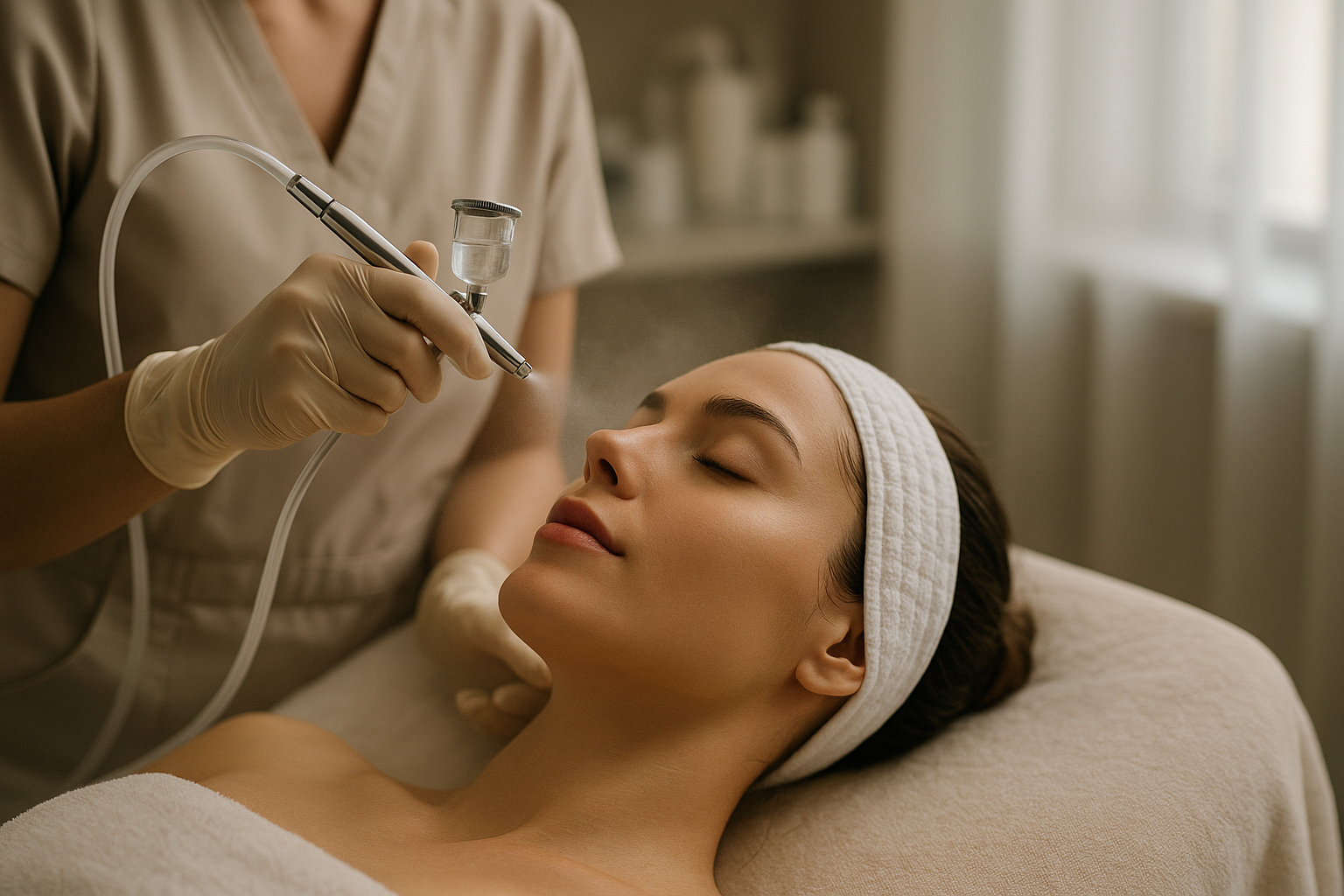Understanding Age Spot Treatment: What Options Might Help
Age spots, also known as liver spots or solar lentigines, are flat, brown or black spots that commonly appear on sun-exposed areas of the skin as we age. While these pigmented areas are generally harmless, many people seek treatment options to reduce their appearance for cosmetic reasons. Understanding the various treatment approaches available can help individuals make informed decisions about addressing these common skin concerns.

Age spots—also called liver spots or solar lentigines—are flat, tan to dark brown spots that appear on areas most exposed to the sun. They’re particularly common in adults over 50, though younger people with significant sun exposure can develop them too. These harmless marks are a natural part of aging for many people, but understanding their causes and treatment options can help those looking to reduce their appearance.
What Are Age Spots and Why Do They Appear?
Age spots develop when melanin, the pigment that gives skin its color, becomes concentrated in certain areas due to years of sun exposure. While they’re commonly associated with aging, these spots are actually the result of cumulative UV damage to the skin. Several factors contribute to their formation:
- Prolonged sun exposure without protection
- Natural aging processes that affect skin cell turnover
- Genetic predisposition to hyperpigmentation
- Use of tanning beds, which accelerate UV damage
- Weakened skin repair mechanisms as we age
These spots typically appear on areas that receive the most sun exposure: face, hands, shoulders, upper back, and forearms. Unlike some other skin conditions, age spots are benign and don’t require medical treatment for health reasons—though it’s always important to have new or changing spots checked by a dermatologist to rule out skin cancer.
What Treatment Options Might Be Considered?
For those seeking to reduce the appearance of age spots, several treatment options exist with varying degrees of effectiveness, cost, and recovery time:
Over-the-Counter Options
Topical treatments containing specific ingredients can help fade age spots gradually:
- Hydroquinone: A skin-lightening agent that reduces melanin production
- Retinoids: Derivatives of vitamin A that increase cell turnover
- Vitamin C: An antioxidant that inhibits melanin production
- Alpha hydroxy acids: Exfoliants that remove dead skin cells
- Kojic acid: A natural lightening agent derived from fungi
Professional Treatments
Dermatologist-administered procedures offer more dramatic and faster results:
- Chemical peels: Application of a chemical solution that removes outer layers of skin
- Laser therapy: Targeted light energy destroys melanin-producing cells
- Intense pulsed light (IPL): Broad-spectrum light that targets pigment cells
- Cryotherapy: Freezing spots with liquid nitrogen
- Microdermabrasion: Physical exfoliation that removes surface skin layers
Important Considerations Before Starting Treatment
Before pursuing any age spot treatment, several factors should be carefully considered:
First, proper diagnosis is essential. What appears to be an age spot could potentially be a more serious skin condition like melanoma. A dermatologist should examine any new, changing, or unusual spots before treatment begins.
Skin type and tone significantly impact treatment efficacy and risk. People with darker skin tones may experience more complications with certain treatments, particularly laser therapy and chemical peels, which can cause post-inflammatory hyperpigmentation.
Expectations must be realistic. Most treatments require multiple sessions and ongoing maintenance. Complete elimination of age spots is often not possible, though significant fading can usually be achieved.
Prevention remains the most effective strategy. Regardless of which treatment is chosen, consistent sun protection is crucial to prevent new spots from forming and existing ones from darkening. This includes daily use of broad-spectrum sunscreen with SPF 30 or higher, wearing protective clothing, and avoiding peak sun hours.
Costs of Common Age Spot Treatments
Treatment costs vary widely based on the method chosen, geographic location, provider expertise, and number of sessions required. Understanding the financial commitment involved can help in making an informed decision.
| Treatment Type | Average Cost Range | Sessions Typically Needed | Downtime |
|---|---|---|---|
| Over-the-counter creams | $15-$150 | Daily application for months | None |
| Chemical peels | $150-$600 per session | 3-6 sessions | 1-7 days |
| Laser therapy | $300-$1,500 per session | 2-4 sessions | 3-10 days |
| Intense pulsed light | $400-$600 per session | 3-5 sessions | 1-3 days |
| Cryotherapy | $150-$300 per session | 1-3 sessions | 5-10 days |
| Microdermabrasion | $75-$300 per session | 5-16 sessions | 1-2 days |
Prices, rates, or cost estimates mentioned in this article are based on the latest available information but may change over time. Independent research is advised before making financial decisions.
Insurance typically doesn’t cover cosmetic procedures for age spots, making this an out-of-pocket expense for most patients. Some dermatology practices offer payment plans or package deals for multiple treatment sessions.
Combining Treatments for Optimal Results
Many dermatologists recommend a multi-faceted approach to treating age spots. This might include an in-office procedure followed by a maintenance regimen of prescription-strength topicals. For example, a series of chemical peels might be followed by daily application of a retinoid cream and strict sun protection.
At-home care between professional treatments is crucial for maintaining results. This typically includes gentle exfoliation, use of antioxidant serums, and diligent sun protection. A comprehensive skincare routine that supports overall skin health will enhance the effectiveness of specific age spot treatments.
While age spots are a common and harmless sign of aging, various treatment options can help minimize their appearance for those who desire a more even skin tone. The best approach depends on individual factors including skin type, budget, and personal preferences regarding downtime and maintenance. Consulting with a dermatologist remains the most reliable way to determine the most appropriate treatment plan for your specific situation.
This article is for informational purposes only and should not be considered medical advice. Please consult a qualified healthcare professional for personalized guidance and treatment.




